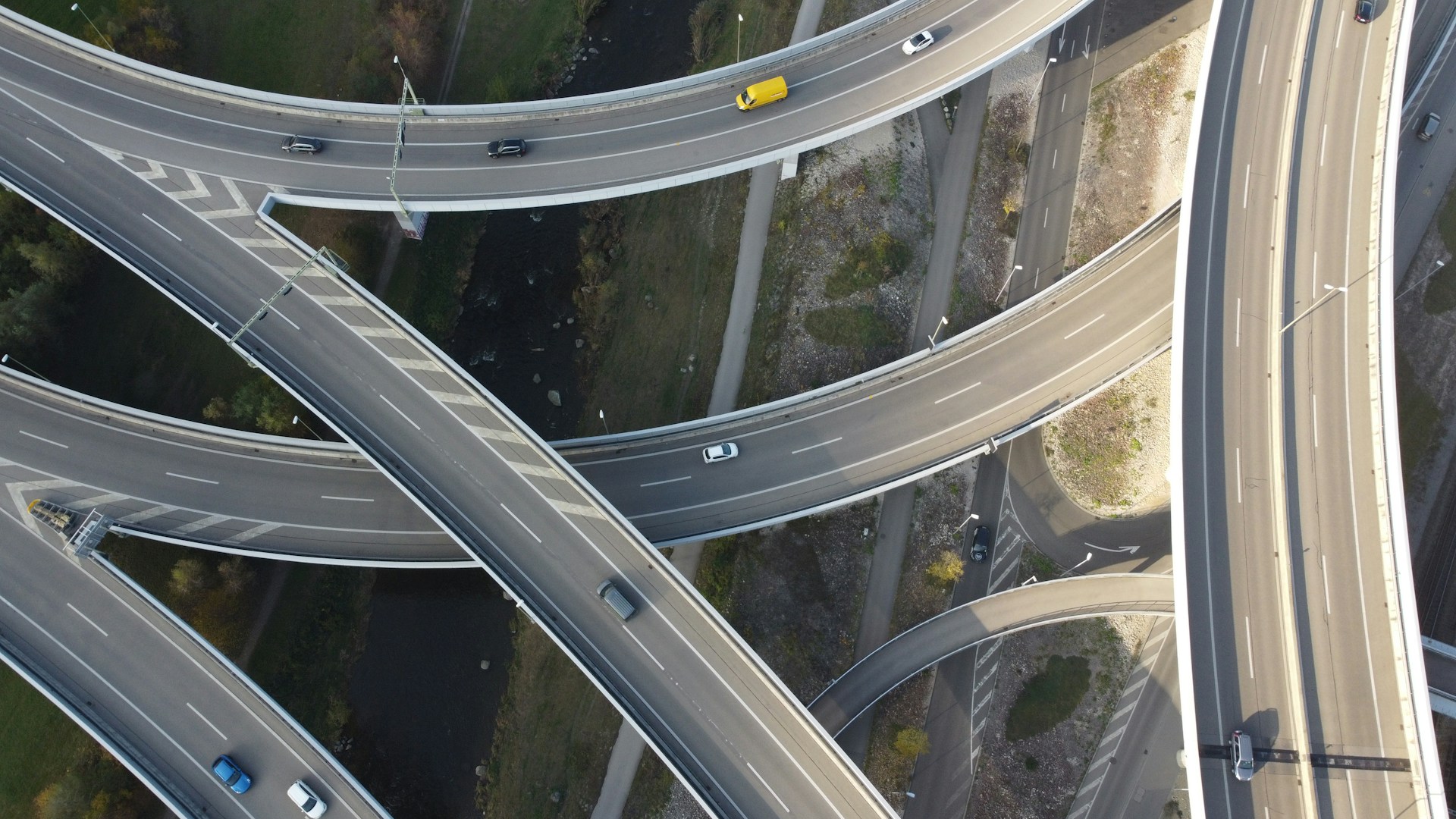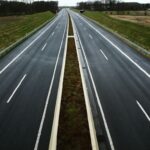
The Autobahn stands as an emblem of German engineering prowess and efficiency, famous worldwide for sections without speed limits and a reputation for safety and precision. However, numerous myths surround this extensive network. This article seeks to clarify these myths, presenting a clear view of the Autobahn’s real character and its impact on German and global culture.
The Autobahn at a Glance:
- Length and Coverage: Stretching over 13,000 kilometers, it is one of the world’s longest and densest highway networks.
- No General Speed Limit: While it’s famed for areas without speed restrictions, speed limits apply in about 30% of the Autobahn, especially in urban areas or construction zones.
Historical Background:
- Origins: Though commonly associated with the Nazi regime, plans and construction for highways resembling the Autobahn began in the 1920s.
- Post-War Expansion: The network saw significant expansion during the post-war economic miracle, becoming a symbol of recovery and modernity.
Engineering and Design Features:
- Safety First: Contrary to the notion of reckless high-speed travel, the Autobahn is designed with rigorous safety standards. Features like gentle curves, wide lanes, and specially formulated road surfaces cater to high-speed travel.
- Environmental Considerations: Over the years, the design has also incorporated numerous environmental safeguards, including noise-reducing asphalt and wildlife crossings.
Driving Culture and Regulations:
- Rules of the Road: Drivers are trained to adhere strictly to the rules, such as mandatory lane discipline and the prohibition of overtaking on the right.
- Driver Education: German drivers undergo extensive training, including specific lessons on high-speed highway driving, contributing significantly to the Autobahn’s safety record.
Debunking Myths:
- Myth: The Autobahn is Lawless: Despite popular belief, the Autobahn is regulated by strict laws designed to ensure safety and efficiency.
- Myth: It is Dangerous: Statistics show that the Autobahn has a lower accident rate than many other highways worldwide, thanks to its design and strict regulations.
Economic and Cultural Impact:
- Tourist Attraction: The Autobahn attracts tourists keen to experience driving without speed limits.
- Economic Backbone: It serves as a critical artery for European commerce, facilitating efficient movement of goods across the continent.
The Autobahn is more than just a network of highways; it’s a testament to German engineering, thoughtful regulations, and a cultural icon that has shaped perceptions of mobility. By understanding the facts and dismissing the myths, one gains a fuller appreciation of this pivotal infrastructure’s role in shaping modern Germany.
Related articles:
Safety on the Autobahn
Why Do Germans Love Their Cars? A Cultural Deep Dive
The History of the Autobahn
Engineering the Autobahn
Eco-Friendly Initiatives on the Autobahn
Touring Germany via the Autobahn
The Future of the Autobahn
The Economic Impact of the Autobahn
Comparing the Autobahn to Other Highways
Speed Limit Debates on the Autobahn







